What?
From SNCASE to Airbus
SNCASE 1936-1956
After WWII the company specialized in helicopters and passenger aircraft. One of the best-known examples of the helicopter production is the Alouette II helicopter, which has been in use also in Finland.
In 1952 the French civil aviation committee decided about the production of a passenger aircraft, based on the SNCASE’s suggestion X-210, which was named Caravelle. The first prototype flew its maiden flight on May 27th, 1955.
Sud Aviation 1957-1969
In 1957 the SNCASE was merged with SNCASO, i.e. the “south-western aviation industry”, which had earlier been formed of small aircraft factories, such as Bleriot and Bloch. The new company was named Sud Aviation.
The best-known aircraft type of Sud Aviation was the Caravelle, but the company continued its helicopter production and took part in a joint venture with BAC to create the Concorde.
Aérospatiale 1970-1999
In 1970 Sud Aviation merged with Nord Aviation and SÉREB company and the result was the Aérospatiale aircraft factory. This factory production included fixed wing and rotating wing aircraft and also missiles and space technology.
In 1992 the helicopter production of Aérospatiale was merged with the helicopter production of Daimler-Benz Aerospace (DASA) into Eurocopter Group. The company became Airbus Helicopters in 2014.
Airbus 2000-
Caravelle
In February 1962 SAS received its fifteenth Caravelle, its production number was 112. It was a Caravelle III version, and it got the registration SE-DAF. The first SAS Caravelles were version I/IA and all of the first Caravelles had Rolls Royce Avon jet engines. When the new Avon Mk.527 version, with the new jet exhaust nozzle, was available the Caravelle III was born. All Caravelle I/IA aircraft were modified into Caravelle III, which in practice meant that the engine was replaced with the new model. This modification was also done in the first three Aero Oy Caravelles, the fourth one was a Caravelle III from the beginning.
SE-DAF
In May 2020 Finnish Aviation Museum Society was asked if they were interested in having the aircraft. The aircraft had been standing at Arlanda for 46 years and the alternative for it was scrapping. On February 4th 2021 Swedish National Maritime and Transport Museums and Aviation Museum Society Finland signed an agreement that the aircraft is transferred to the possession of Aviation Museum Society Finland.
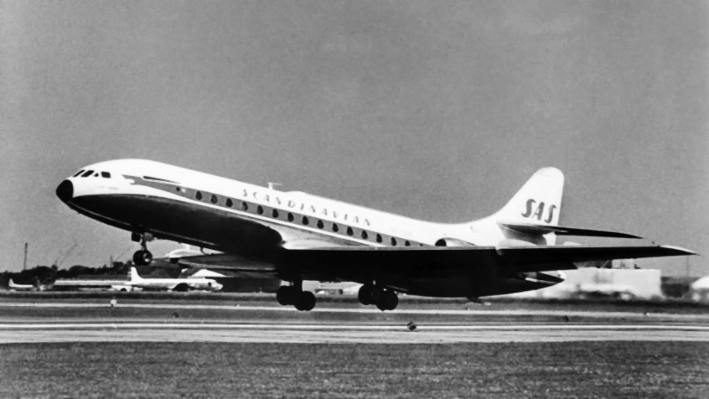
SE-DAF is taking off in the 1960s. Photo: SAS via Wikimedia Commons.
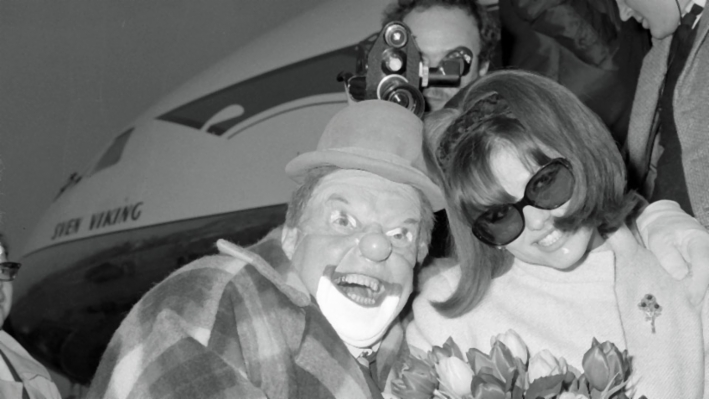
Claudia Cardinale meets a clown on the stairs of SE-DAF Sven Viking at the Schiphol airport on December 16th, 1964. Photo: Jack van Nijs via Wikimedia Commons.
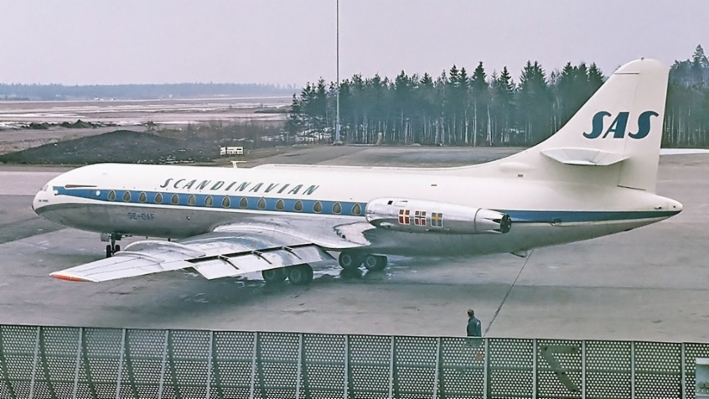
SE-DAF Sven Viking in April 1966. Photo: Lars Söderström via Wikimedia Commons.
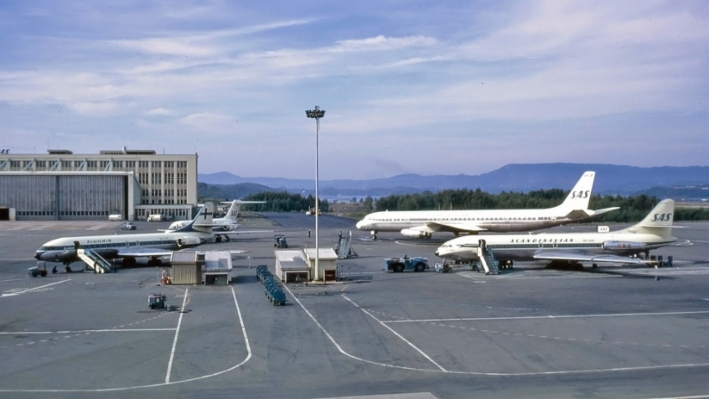
SE-DAF on the left in this photo taken at the Fornebu airport in 1971, with also SAS DC-8 and DC-9 and Finnair Super Caravelle OH-LSF Pori. Photo: Wikimedia Commons.
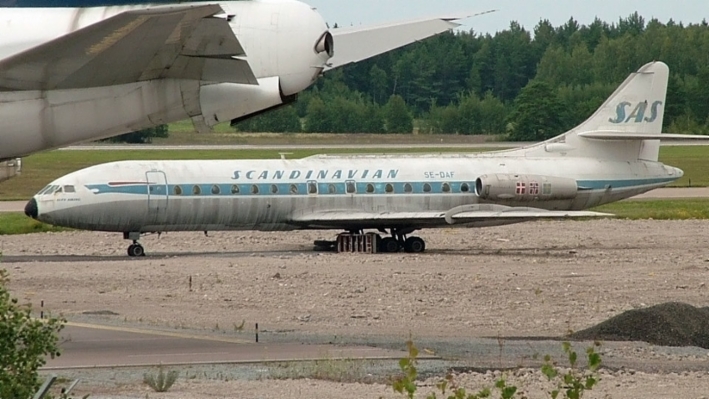
In the beginning of the 21st century SE-DAF was still in SAS colours. The photo was taken on July 21st 2004. Photo: Peter Bakema via Wikimedia Commons.
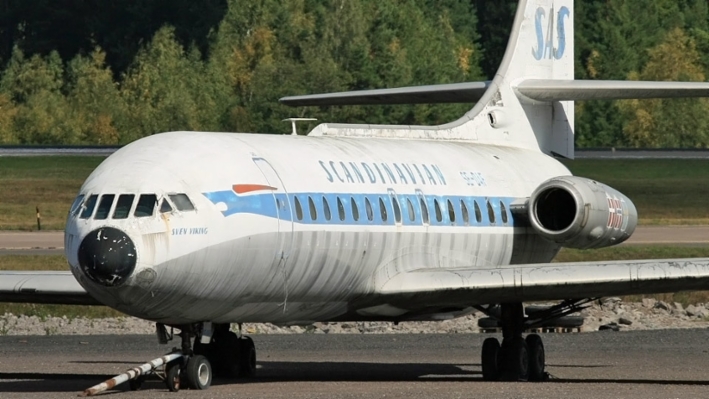
SE-DAF Sven Viking photographed on August 26th 2007. Photo: Alan Lebeda via Wikimedia Commons.
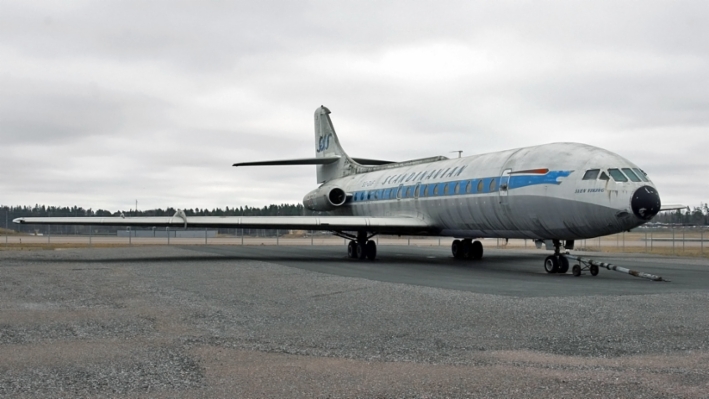
SE-DAF Sven Viking photographed on April 12th 2011. Photo: Juha Klemettinen
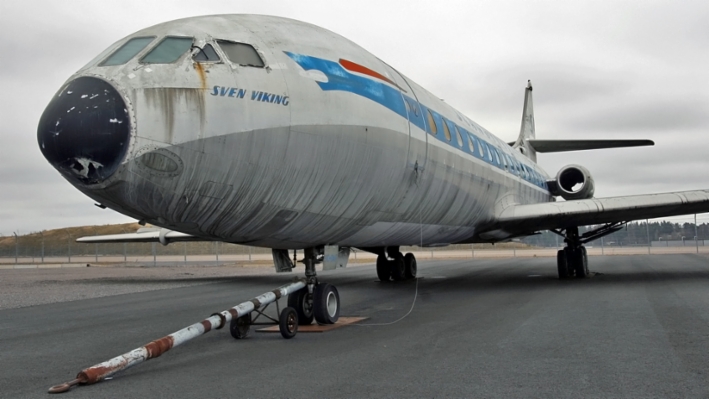
The badly faded colours haven’t been a good advertisement for SAS for a long time. Photo: Juha Klemettinen
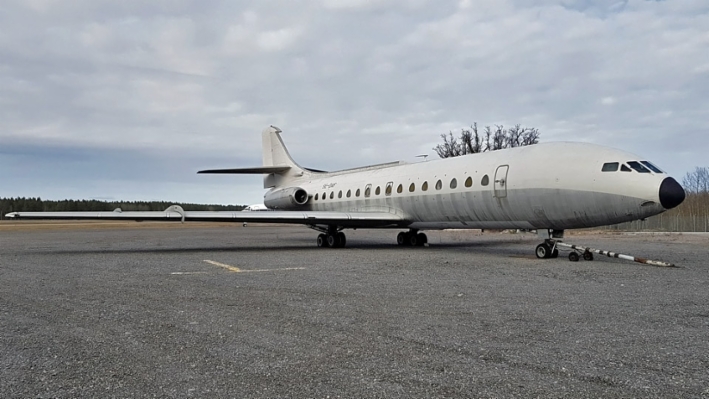
In the late 2010s SE-DAF lost its name and the SAS emblems. The appearance was refreshed. Photo: Ulf Nyström
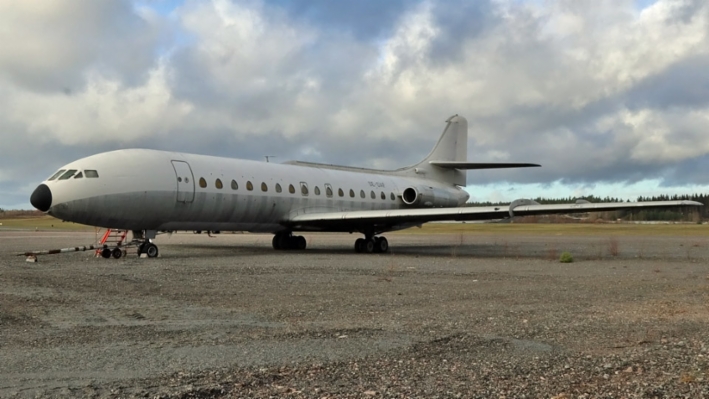
SE-DAF at Arlanda on November 3rd 2020. Photo: Anders Melin
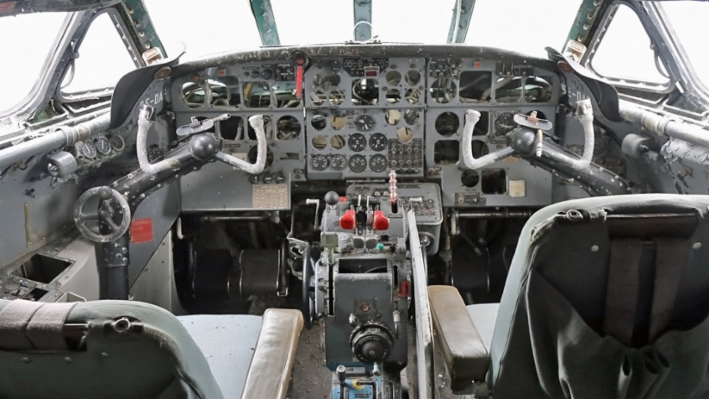
SE-DAF has lost some of its instruments during the years. Photo: Anders Melin
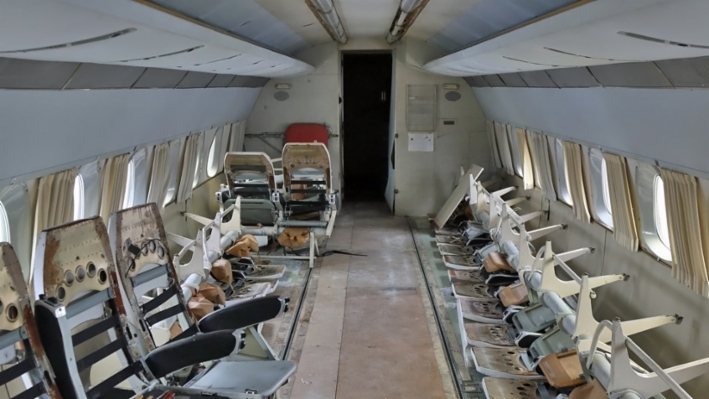
Le Caravelle Club will take some parts from the cabin before SE-DAF is handed over to Aviation Museum Society Finland. Photo: Anders Melin
Existing Caravelles
Caravelle -koneita Pohjoismaissa

SE-DAF which was transferred from the Swedish National Maritime and Transport Museums to the possession of Aviation Museum Society Finland. It is now waiting to be dismantled and transported to Finland. Photo: Anders Melin.
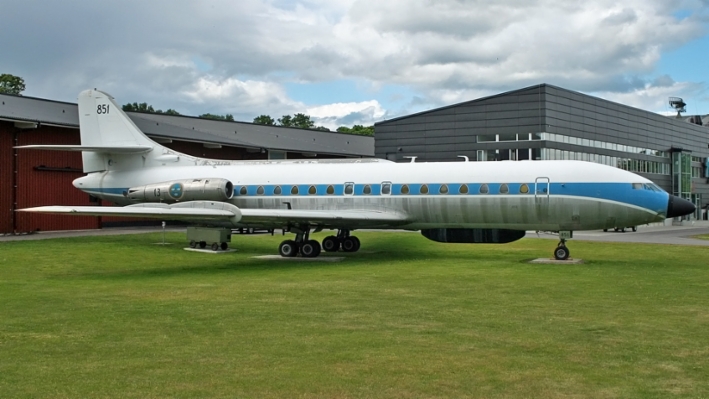
At the Swedish Air Force Museum in Linköping there is a former SAS Caravelle III SE-DAG (frame number 172) which was used for signals intelligence by the air force. Photo: Alan Wilson via Wikimedia Commons.
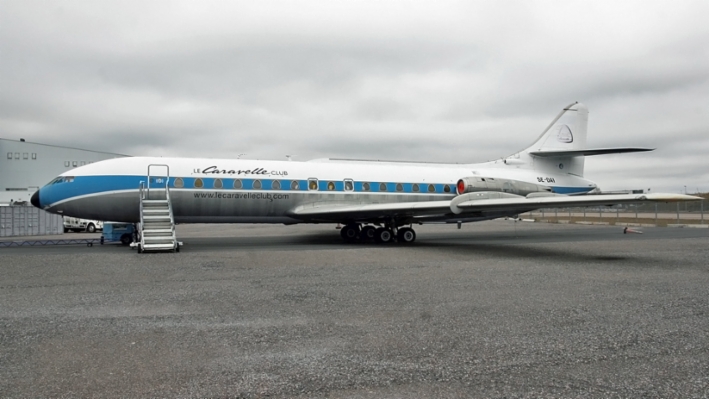
Le Caravelle Club’s SE-DAI (frame number 201) has been restored and is now at Arlanda airport. Photo: Juha Klemettinen
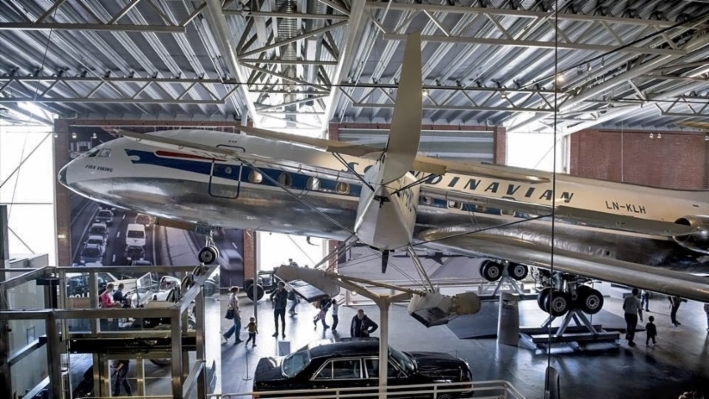
LN-KLH Finn Viking (frame number 3) at at the Norwegian Science and Technology Museum in Oslo. Photo: Håkon Bergseth & Lars Opdahl NTM via Visitoslo.no
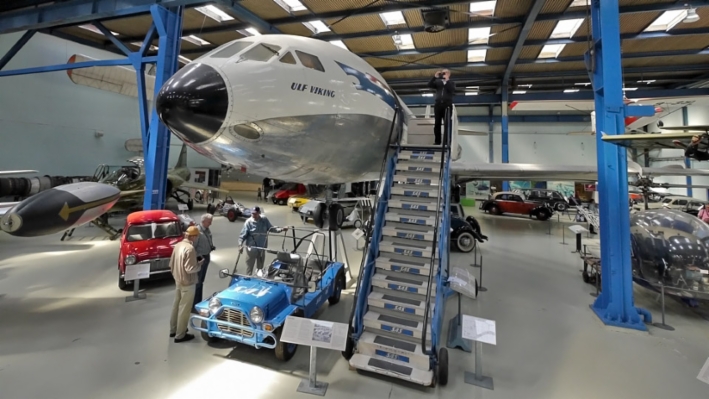
OY-KRD Ulf Viking (fuselage number 47) at the Danish Museum of Science and Technology in Helsingør. Photo: Reino Myllymäki
Caravelles in Central Europe
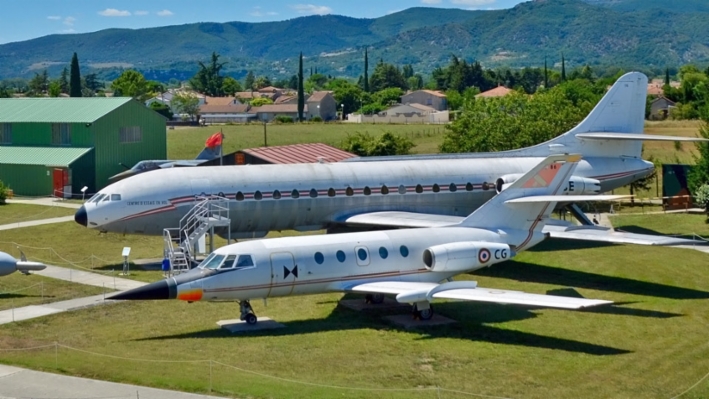
Former Finnair OH-LED Sinipiika (frame number 116) as the French Air Force reconnaissance aircraft F-ZACE is on display at the museum at Montelimar. Photo: via montelimar-tourisme.com
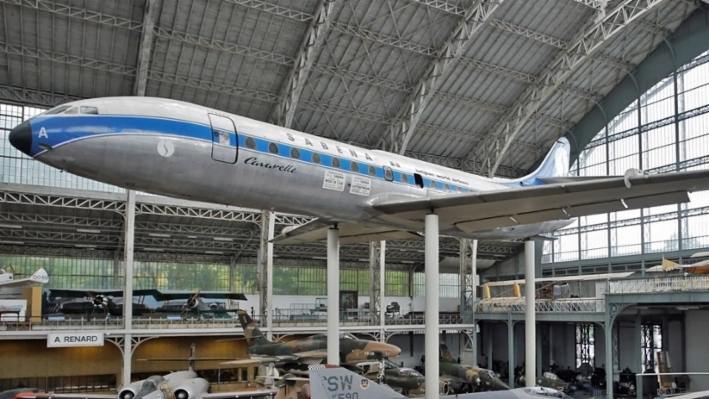
Sabena’s OO-SRA is a Caravelle VI-N (frame number 64) and it is on display at the Brussels War Museum. Photo: Reino Myllymäki
Finnair’s Caravelles
Finnair’s Caravelle III aircraft
The Caravelle III fleet opened the doors for Finnair into the jet age travelling. The aircraft type was in use a short period, until 1964, when all four aircraft were sold back to the manufacturer as a remission for the purchase of six new Sud Aviation 10B3 Caravelle aircraft. This was the first time Aero used this procedure, which was to become a rule rather than an exception during the coming years.
Finnair’s Super Caravelles
In Finnair the Super Caravelle was used with a cabin lay-out with either 12 first class and 70 tourist class seats or 95 tourist class seats. The maximum capacity was 107 passengers.
In 1983 Finnair gave up its Super Caravelle fleet.
Finnair’s Caravelles today
All of the first three Caravelle IA/III aircraft have been scrapped. However, the fourth one ended up in reconnaissance use and it has been preserved. It is on display at Musée Européen de L’Aviation De Chasse in Montelimar, France and bears the colours of the French air force and the registration F-ZACE.
Seven of the eight Super Caravelles have been scrapped. From this lot the nose part of the OH-LSC is used as a clubhouse at the L’Altiport de Corlier airport in France. As far as we know, the OH-LSH has been preserved, it bears the registration HK-3836 and is located in an aquapark in Mexico.
Both of the two Super Caravelles which were used by Finnair for a short time have been scrapped.
The model VI-R OH-LER which was used by Finnair for a few months in 1964 may still be found on the edge of the Benina airfield in Libya, where it has been waiting for its fate since 1975.

